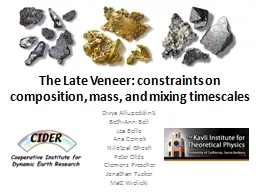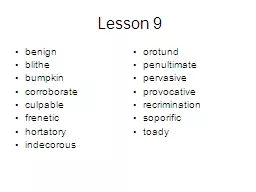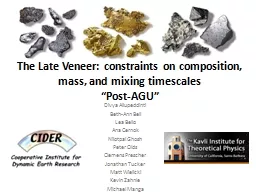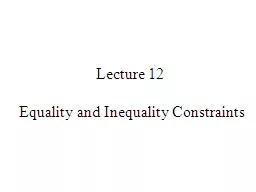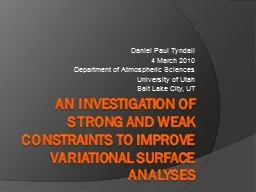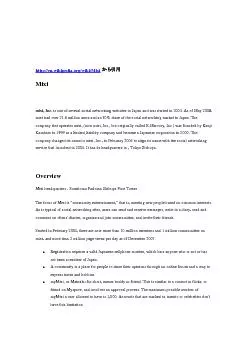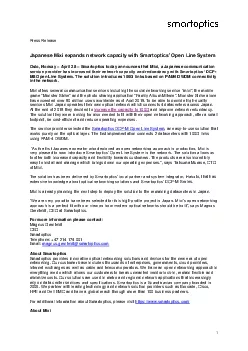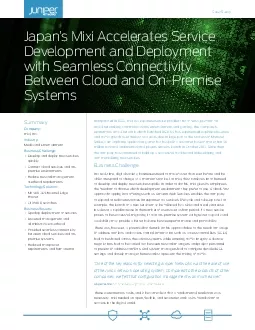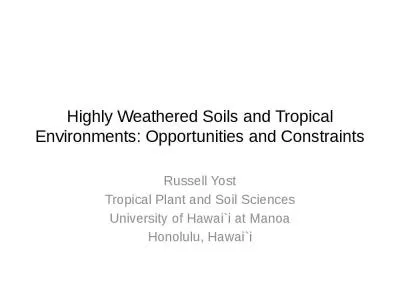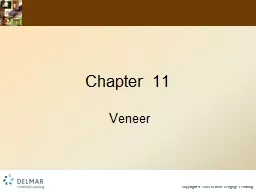PPT-The Late Veneer: constraints on composition, mass, and mixi
Author : alida-meadow | Published Date : 2016-07-28
Divya Allupeddinti BethAnn Bell Lea Bello Ana Cernok Nilotpal Ghosh Peter Olds Clemens Prescher Jonathan Tucker Matt Wielicki Late veneer is mixed by 29 Ga
Presentation Embed Code
Download Presentation
Download Presentation The PPT/PDF document "The Late Veneer: constraints on composit..." is the property of its rightful owner. Permission is granted to download and print the materials on this website for personal, non-commercial use only, and to display it on your personal computer provided you do not modify the materials and that you retain all copyright notices contained in the materials. By downloading content from our website, you accept the terms of this agreement.
The Late Veneer: constraints on composition, mass, and mixi: Transcript
Download Rules Of Document
"The Late Veneer: constraints on composition, mass, and mixi"The content belongs to its owner. You may download and print it for personal use, without modification, and keep all copyright notices. By downloading, you agree to these terms.
Related Documents

